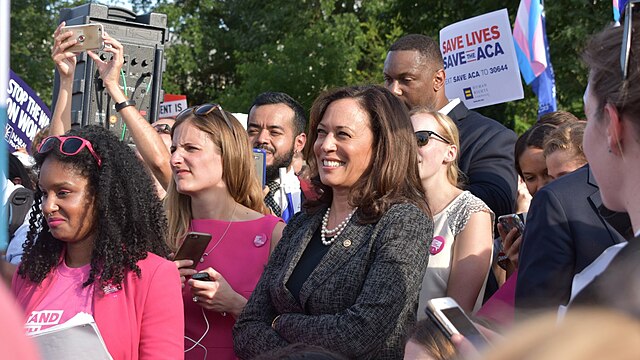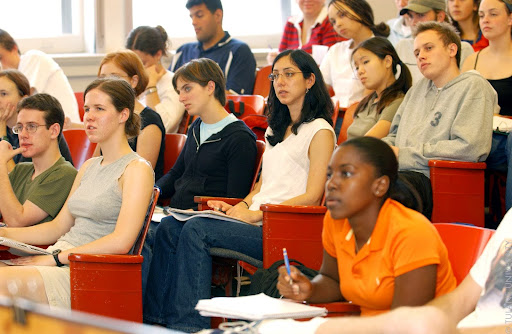The Occupy Wall Street movement began over five months ago in New York City’s financial district at Liberty Square. Since then, the movement has spread across the country to over 100 cities, including Philadelphia, Boston, Greensboro, Washington, D.C. and Oakland.
There are different perceptions, positive and negative, about the Occupy movement. Some refuse to see the economic disparity between the 99 percent and the 1 percent and therefore see the movement as irrelevant.
Still others do not support it at all, deeming it just another “youth rebellion” full of pissed-off young adults who are wasting their time when they could be using it more wisely.
However, this sentiment is not shared by all. In fact, many members of the Guilford community have had very meaningful experiences with the movement.
The Occupy Wall Street movement is significant. This movement has brought up relevant topics which may not have otherwise surfaced. These topics include the social disparity among classes and the inability to move up the social ladder. The general focus of the movement has also morphed into more communal and locally based initiatives.
The 99 percent is made up of a multitude of people with their own individual reasons for supporting the occupation. The 99 percent may be protesting as one, but they each have their own identity and individual motives for participation.
Every occupation city has different demographics and age groups and their own projects. For example, Greensboro is working on “Occupy Foreclosure” where they are using foreclosed homes for meeting sites.
When asked to define the Occupy movement, Associate Professor of Political Science Ken Gilmore said, “It’s a movement of people who are frustrated by a political and economic system which seems to be skewed towards the wealthy and powerful.”
The movement is an outcry against the lack of social mobility in our country.
Many Guilford students, who have participated in Occupy Greensboro, Philadelphia, and D.C., also provide insight into the movement.
“At first I expected it to be a bunch of college kids meeting at a coffee shop, talking about corporations being evil,” explained senior Erich Pohanka. “But honestly, the first few meetings, there were very few college kids. There were mostly people in their 30s or 60s, anywhere in range of that and I was really shocked and kind of amped by that because it’s not just some little rebellion. It’s something that everyone is affected by.”
During the seven days that Pohanka and senior Yahya Alazrak camped at Occupy Greensboro, the community proved it could sustain itself by providing food, information sharing and people’s libraries. One direction the movement is working towards is to help stimulate cooperative businesses operating collectively and horizontally.
With winter approaching, the outside world may think the cold will put a damper on the movement. However, this is false.
“Many people have been talking about how the Occupy movement is in hibernation not disintegration,” said Alazrak. Greensboro sent over 60 people to Occupy Congress in D.C. at the beginning of January.
The movement has been a wake-up call in a sense.
“The average middle-class American was finally experiencing the repercussions of a failing capitalist system,” said Alazrak. “The occupy movement is a response to that.”
In order to create change on the local and national level, it is vital that these conversations and meetings continue to happen. This movement can be seen as an opportunity to be a part of the greater initiative.





